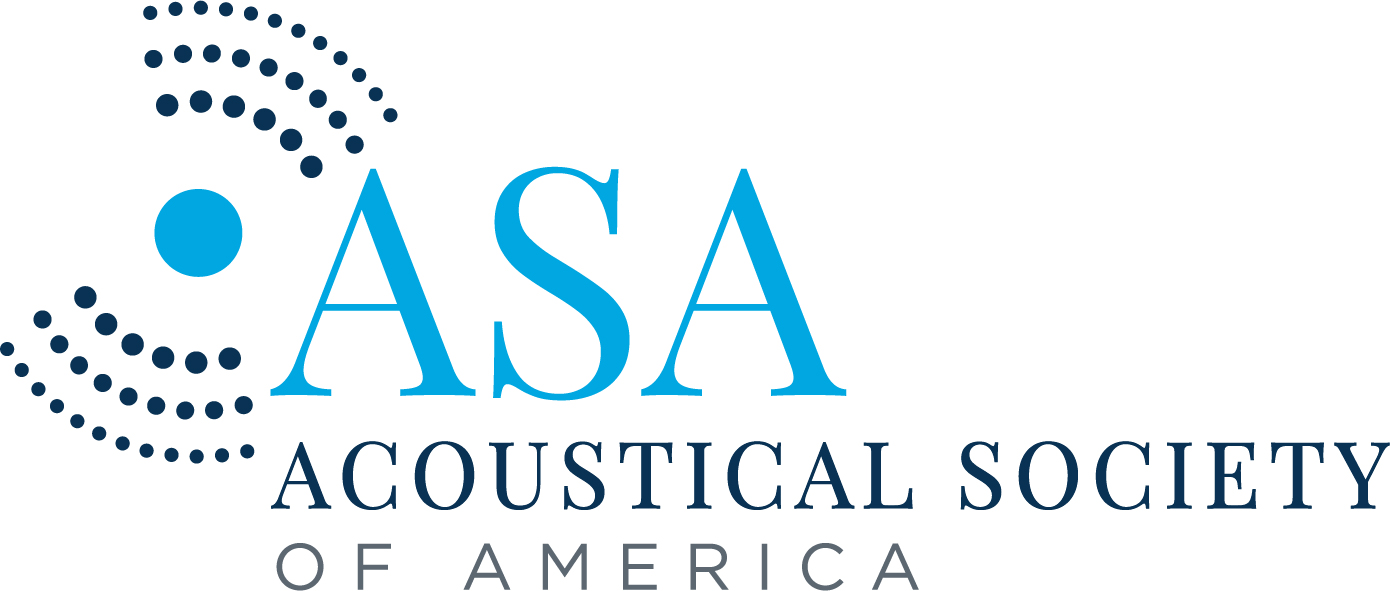Why Australian Aboriginal languages have small vowel systems
Andrew Butcher – endymensch@gmail.com
Flinders University, GPO Box 2100, Adelaide, SA, 5001, Australia
Popular version of 1pSC6 – On the Small Flat Vowel Systems of Australian Languages
Presented at the 185th ASA Meeting
Read the abstract at https://doi.org/10.1121/10.0022855
Please keep in mind that the research described in this Lay Language Paper may not have yet been peer reviewed.
Australia originally had 250-350 Aboriginal languages. Today, about 20 of these survive and none has more than 5,000 speakers. Most of the original languages shared very similar sound systems. About half of them had just three vowels, another 10% or so had four, and a further 25% or so had a five-vowel system. Only 16% of the world’s languages have a vowel inventory of four or less (the average number is six; some Germanic languages, such as Danish, have 20 or so).
This paper asks why many Australian languages have so few vowels. Our research shows that the vowels of Aboriginal languages are much more ‘squashed down’ in the acoustic space than those of European languages (Fig 1), indicating that the tongue does not come as close to the roof of the mouth as in European languages. The two ‘closest’ vowels are [e] (a sound with the tongue at the front of the mouth, between ‘pit’ and ‘pet’) and [o] (at the back of the mouth with rounded lips, between ‘put’ and ‘pot’). The ‘open’ (low-tongue) vowel is best transcribed [ɐ], a sound between ‘pat’ and ‘putt’, but with a less open jaw. Four- and five-vowel systems squeeze the extra vowels in between these, adding [ɛ] (between ‘pet’ and ‘pat’) and [ɔ] (more or less exactly as in ‘pot’), with little or no expansion of the acoustic space. Thus, the majority of Australian languages lack any true close (high-tongue) vowels (as in ‘peat’ and ‘pool’).

A reduction in the vowel space is another of these resemblances. Middle ear infection affects the low frequency end of the scale (under 500 Hz), thus reducing the prominence of the distinctive lower resonances of close vowels, such as in ‘peat’ and ‘pool’ (Fig 3). It is possible that, over generations, speakers have raised the frequencies of these resonances to make them more hearable, thereby constricting the acoustic space the languages use. If so, we may ask whether, on purely acoustic grounds, communicating in an Aboriginal language in the classroom – using a sound system optimally attuned to the typical hearing profile of the speech community – might offer improved educational outcomes for indigenous children in the early years.




 Figure 1 – the North Boma area
Figure 1 – the North Boma area Figure 2 – MFA results show that retroflex and non-retroflex nasals behave very differently in North Boma
Figure 2 – MFA results show that retroflex and non-retroflex nasals behave very differently in North Boma


 Imagine being a waiter… everyone in the restaurant is speaking, music is playing, and co-workers are trying to get your attention, causing you to miss the customer’s order. Communication is necessary but can be hindered due to distractions in many environments, especially in high-risk environments, such as aviation, nuclear power, and healthcare, where miscommunication is a frequent contributing factor to accidents and loss of life. In domains where multitasking is necessary and timely and accurate responses must be ensured, does formal music training help performance?
Imagine being a waiter… everyone in the restaurant is speaking, music is playing, and co-workers are trying to get your attention, causing you to miss the customer’s order. Communication is necessary but can be hindered due to distractions in many environments, especially in high-risk environments, such as aviation, nuclear power, and healthcare, where miscommunication is a frequent contributing factor to accidents and loss of life. In domains where multitasking is necessary and timely and accurate responses must be ensured, does formal music training help performance? Image courtesy of Bruder et al. original paper. (Psychology of Music).
Image courtesy of Bruder et al. original paper. (Psychology of Music). Image courtesy of Bruder et al. original paper (Psychology of Music).
Image courtesy of Bruder et al. original paper (Psychology of Music).